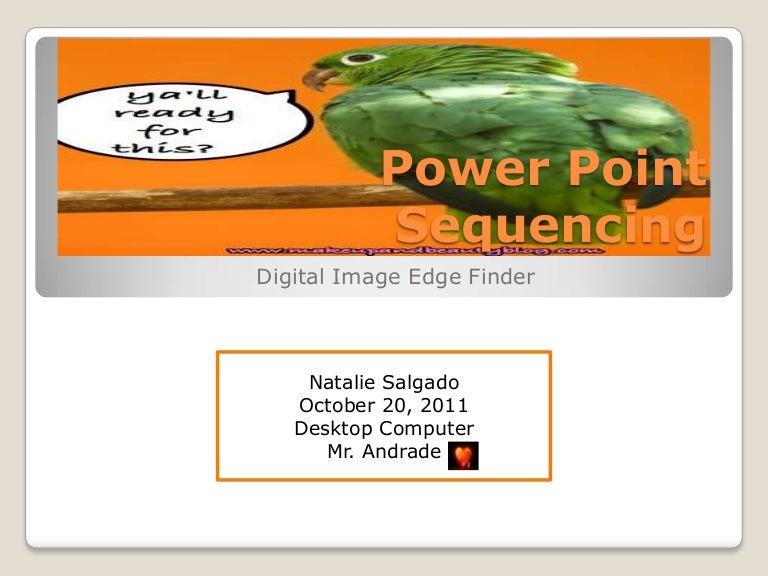

You will be able to simulate different situations and prepare to deal with each of them.
#POWERPOINT SEQUENCE DIAGRAM VERIFICATION#
You can also simulate the process of password verification by double data authentication.Īlso, the template will be useful in preparation for the discussion of the strategy of launching a new product. For example, you can show the process of requesting from a site to your server and transferring data from an application. You can visually show the algorithms of your application.
#POWERPOINT SEQUENCE DIAGRAM SOFTWARE#
First of all, the slides of the template will be useful for software developers. You can use the template infographic in any of your other presentations. The Sequence Diagram template contains all the tools you need to build a professional presentation.

A combined fragment is a means for specifying different ordering semantics. The default ordering of occurrences imposed by an interaction is weak sequencing, in which unrelated occurrences are sequenced within but not across lifelines. Messages are exchanged between lifelines and typically represent an invocation of an operation or a sending of a signal. Lifelines represent parts (or references) of the block that owns the interaction. The most significant source of occurrences is the exchange of messages between lifelines, which may trigger executions. When an interaction executes, it evaluates the set of event occurrences generated by instances of its lifelines and determines whether they are valid. An interaction is specified using occurrence specifications, which are organized into a hierarchy, and ordered by interaction operators. Sequence diagrams describe interactions, which are used to capture system scenarios as a set of specified occurrences across several parts of the system, represented by lifelines.

As a Behavior, an Interaction is a type of Class and is, therefore, a type of Namespace. Interaction is a unit of Behavior that focuses on the exchange of information between Connectable Elements. Sequence diagrams show the exchanges and interplay of messages among participants in some useful behavior. It is advisable to generate a sequence diagram for every basic flow of every use case. Sequence diagrams are good for showing what’s going on, for extracting requirements and for interacting with customers. Sequence diagrams are great tools at the start of a project as it shows the user what has to happen in a step-by-step fashion. The flow of events can be used to determine what objects and interactions are required to accomplish the functionality. Sequence diagrams show object interactions arranged in a time sequence.


 0 kommentar(er)
0 kommentar(er)
